Web2 vs Web3: Which Is the Internet of the Future?
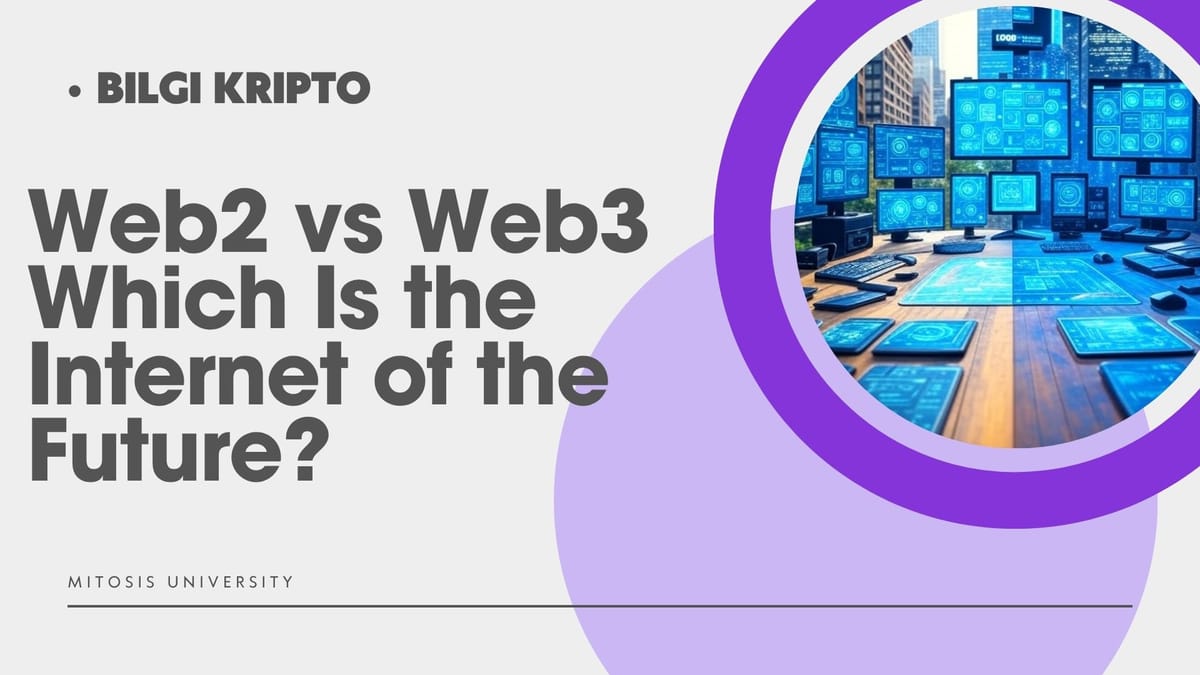
Centralized or Decentralized? A Deep Dive into the New Digital Order
The evolution of the internet is not just a technological transformation; it also represents a redistribution of power dynamics, a redefinition of data ownership, and a reinterpretation of fundamental concepts such as freedom and censorship.
Today, Web2 and Web3 confront each other not only in their technical architecture but also in terms of their ethical, social, and economic impacts. This makes the question “Which is better?” more complex. Let’s compare these two worlds and examine their differences with examples.
What Is Web2? The Internet We Use Today
Web2 is the interactive version of the internet. Social media, e-commerce websites, YouTube videos, mobile apps all are products of Web2.
Key Characteristics:
- Users create content, but the platform owns it.
- Data servers are centralized; data is generally in the hands of big tech companies.
- Platforms analyze user behavior and generate revenue from it.
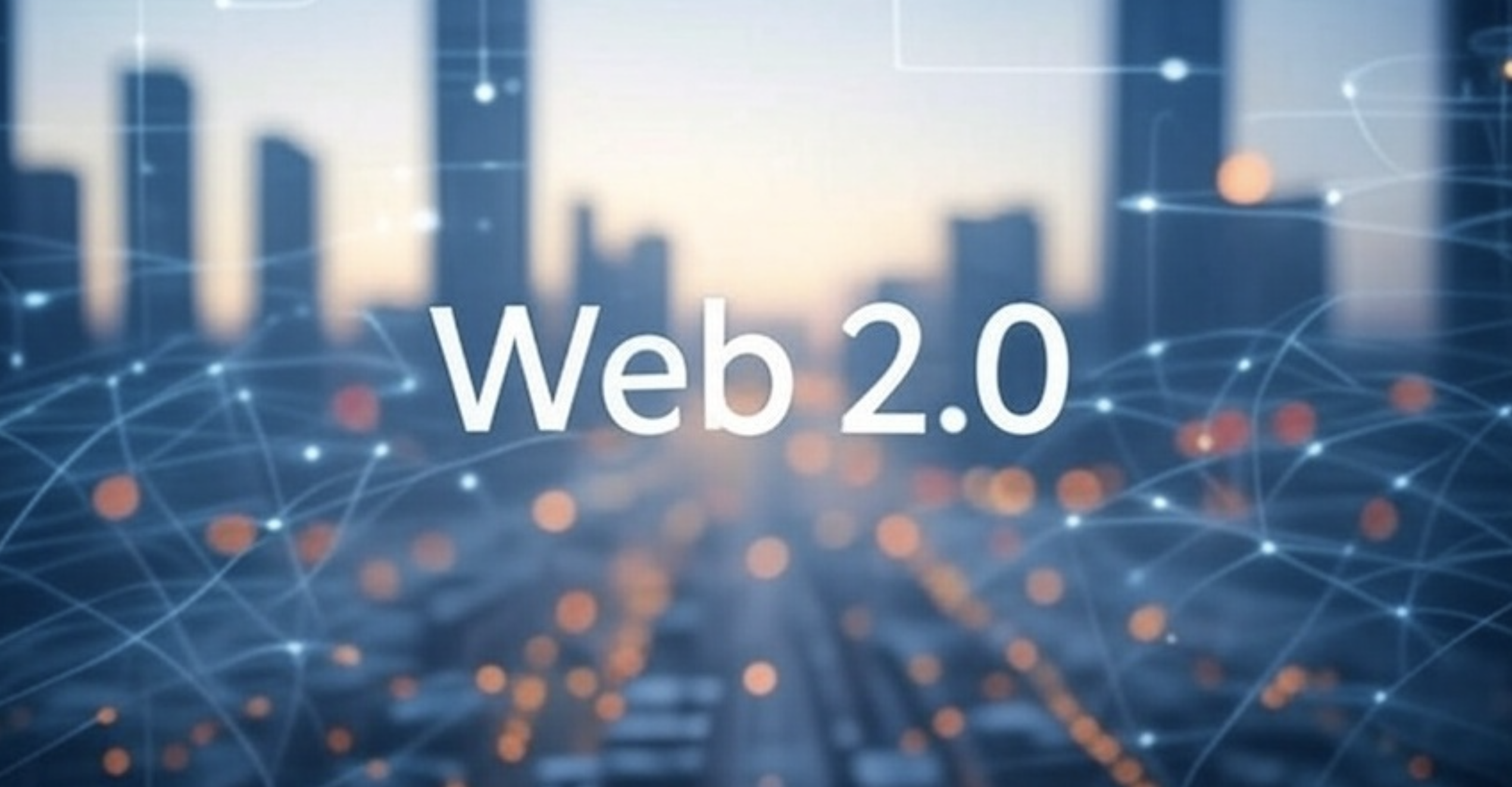
Major Problems of Web2:
1. Data Security and Privacy Violations
Example: Facebook’s sharing of data from 87 million users with Cambridge Analytica raised allegations of interference in election results.
2. Censorship and Arbitrary Bans
Example: On platforms like Twitter or YouTube, content can be removed or accounts suspended for political reasons.
3. Monopoly and Platform Dependency
If your Google account gets suspended one day, you can instantly lose access to services like Gmail, YouTube, Drive, and Ads.
What Is Web3? Not Just the Internet, But a Paradigm Shift
Web3 is the next generation of the internet, based on blockchain technology, where users are both content creators and true owners. The system operates through network participants instead of central authorities.
Core Principles:
- Decentralization: Control lies with the network, not a single entity
- Data Ownership: The content you create truly belongs to you
- Permissionless Access: No need for approval to participate
- Transparency and Traceability: Every transaction is recorded on the blockchain
- Token Economy: Everyone who contributes receives economic rewards
Real Advantages Offered by Web3
1. Secure and Distributed Data Storage
Data is not stored on a single company’s server but distributed across thousands of encrypted chains. This boosts security and makes censorship harder.
2. Digital Ownership (via NFTs)
Example: A digital artwork created by an artist can be turned into an NFT and sold directly without intermediaries. The revenue goes straight to the artist.
3. Financial Freedom with DeFi
Example: On platforms like Aave or Compound, you can provide collateral to borrow funds or earn income. No banks, no approval process.
4. Resistance to Censorship
Web3 social media apps (such as Lens Protocol or Farcaster) do not delete content; censorship power lies with the community.
5. New Economies with Games & Metaverse
Example: On metaverse platforms like Decentraland and Sandbox, users can buy land, host events, or develop games to earn income.
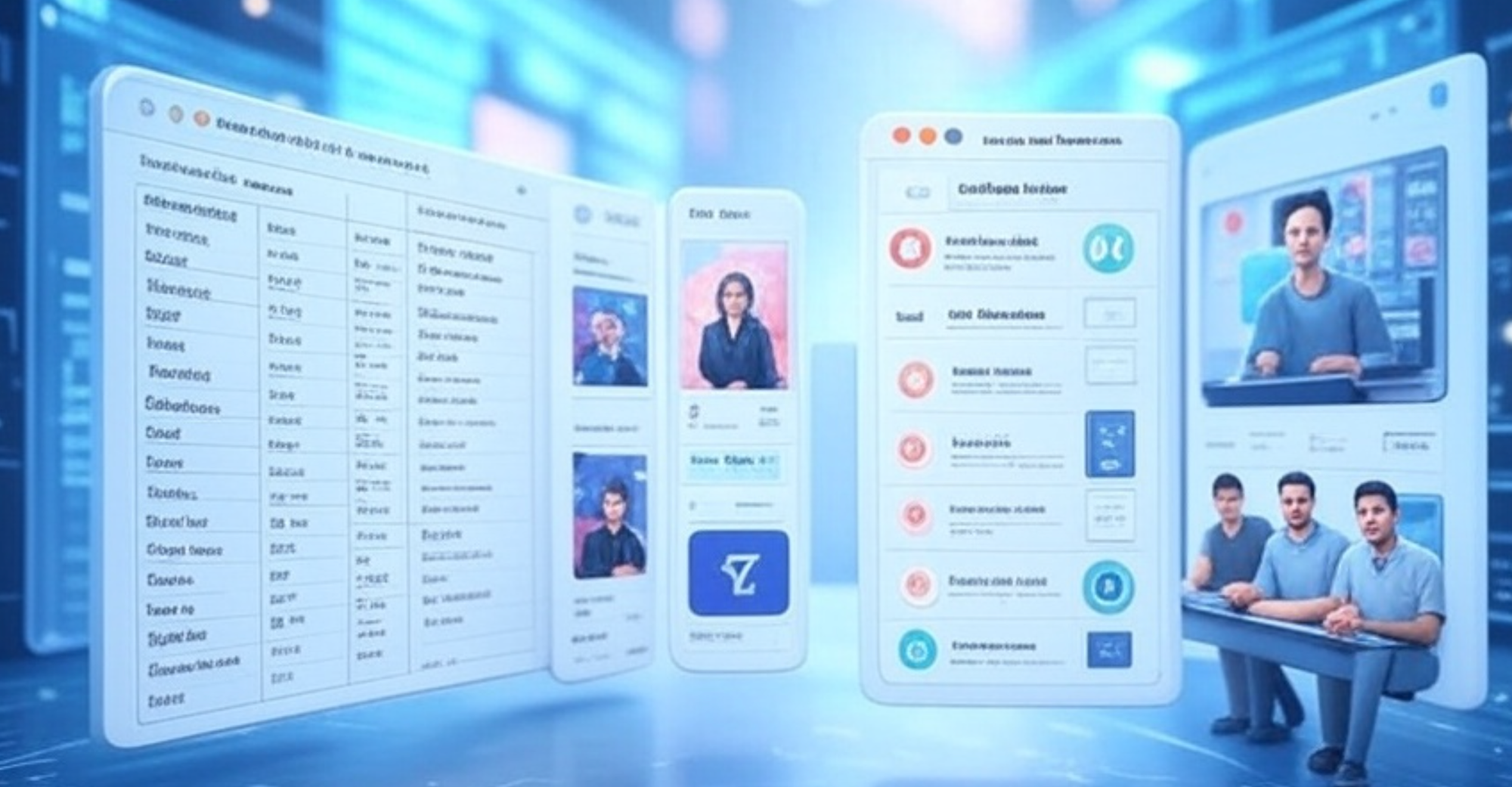
Building Blocks of Web3 Technologies
- Blockchain: Records every transaction transparently and immutably
- NFT: Proves the uniqueness and ownership of digital assets
- DeFi: Runs the financial system without intermediaries
- DAO: Digital communities managed by participants through smart contracts
- IPFS: Enables decentralized storage of websites and data
- AI & AR: Create advanced interaction layers integrated with Web3
So Which One Is Better?
| Feature | Web2 | Web3 |
|---|---|---|
| Data Ownership | Companies | Users |
| Censorship | Controlled by central powers | Governed by the community |
| Access | Easy but restricted | Open and permissionless |
| Revenue Model | Companies profit | Users contribute and earn |
| Security | Centralized servers | High security via distributed networks |
| Ease of Use | High (mature interfaces) | Improving, but still complex |
Does Web3 Have Drawbacks?
Yes, Web3 is not perfect. There are still challenges to be addressed:
- Limited user-friendly interfaces
- Gas fees are still high (especially on Ethereum)
- Unclear legal frameworks
- High risk of fraud (rug pulls, scam projects)
- Lack of education and awareness
Conclusion: Is the Future in Web3?
Web3 is not just a technical evolution; it’s a chance to make the internet fairer, more open, and user-centric. Just like Web1 revolutionized access to information and Web2 revolutionized interaction, Web3 emphasizes ownership and freedom.
However, this transformation won’t happen overnight. Combining the user-friendly interfaces and habits of Web2 with the freedom and transparency of Web3 will help unlock its true potential.
The internet of the future could be a hybrid model one that achieves freedom through decentralization and widespread adoption through user-friendliness
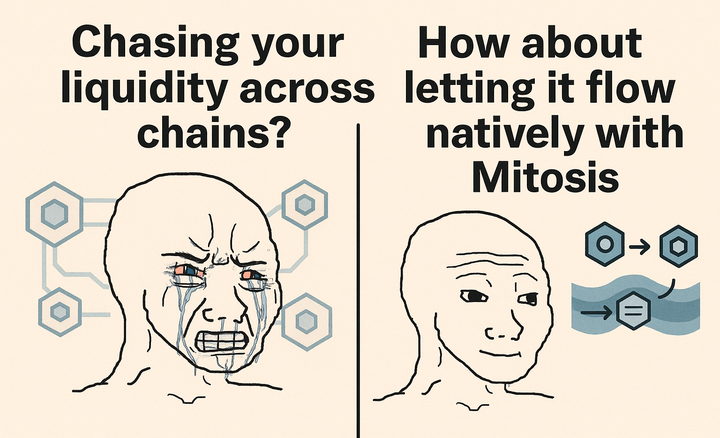
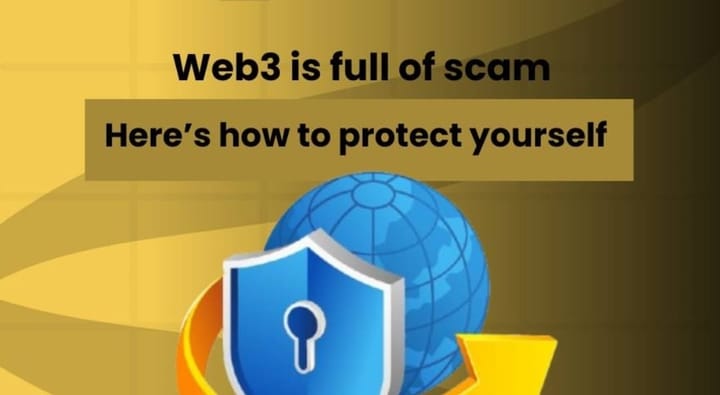
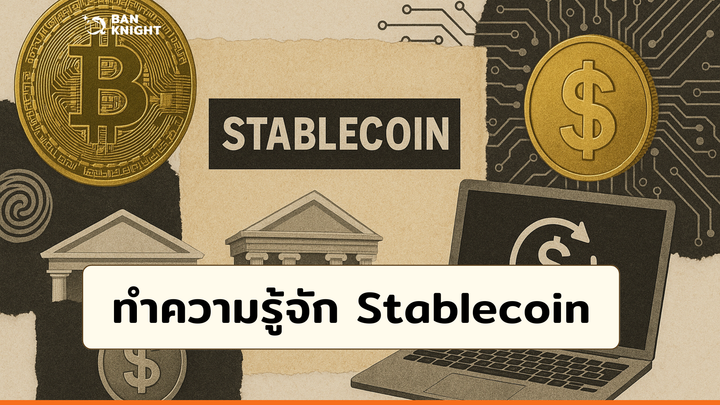
Comments ()